Home>Interior Design>How To Choose A Wood Paneled Wall Style Successfully


Interior Design
How To Choose A Wood Paneled Wall Style Successfully
Modified: January 6, 2024
Discover the key factors to consider when selecting a wood paneled wall style for your interior design project. Learn how to make a successful choice and enhance your space.
(Many of the links in this article redirect to a specific reviewed product. Your purchase of these products through affiliate links helps to generate commission for Storables.com, at no extra cost. Learn more)
Introduction
Welcome to the world of interior design, where the power of wood paneling can transform a space into a stunning sanctuary. Wood paneling has been a popular choice for many homeowners and designers, as it adds warmth, texture, and depth to any room. Whether you prefer a traditional, rustic, modern, coastal, industrial, or Scandinavian aesthetic, there is a wood paneled wall style that can suit your taste and elevate your interior design game.
When it comes to selecting the perfect wood paneled wall style, there are several factors to consider. First and foremost, you need to evaluate the overall theme and style of your space. Are you looking to create a classic, timeless look, or do you want to embrace a more contemporary vibe? Understanding the existing décor and architectural features of the room will help guide your decision-making process.
Another crucial factor to consider is the type of wood used for the panels. Different wood species have distinct characteristics, including grain patterns, color variations, and durability. Oak, pine, walnut, and cedar are just a few examples of popular wood options. Each wood type will contribute to the overall aesthetic and ambiance of the room, so choose one that not only complements your style but also fits your maintenance preferences.
Additionally, consider the layout and scale of the room before deciding on a wood paneled wall style. For smaller spaces, opting for lighter-colored panels or horizontal paneling can make the room appear more open and spacious. Conversely, in larger rooms, vertical paneling or darker wood tones can create a cozy and intimate atmosphere.
Now that we’ve covered the key factors to consider, let’s explore some popular wood paneled wall styles in detail. From traditional to Scandinavian, there is a wide range of options to suit every taste and preference. So, let’s dive in and discover the perfect wood paneled wall style for your space!
Key Takeaways:
- Embrace the Power of Wood Paneling
Transform your space with wood paneling that complements your style, from traditional elegance to rustic charm, and create a warm and inviting ambiance that reflects your unique personality. - Consider Your Space and Style
When choosing a wood paneled wall style, consider factors such as room size, layout, and desired ambiance to select a style that harmonizes with your space and personal preferences, creating a visually appealing and cohesive interior design.
Factors to consider when choosing a wood paneled wall style
Choosing the right wood paneled wall style involves considering a variety of factors to ensure the design harmonizes with your space and personal preferences. Here are some key factors to keep in mind:
- Overall Style: Consider the overall style of your space. Do you prefer a traditional, rustic, modern, coastal, industrial, or Scandinavian look? Your wood paneled wall style should complement and enhance the existing decor.
- Wood Species: Different wood species have unique characteristics and aesthetics. Consider the grain pattern, color variation, and durability of various woods such as oak, pine, walnut, or cedar. Select a wood species that aligns with your desired look and maintenance requirements.
- Room Size and Layout: The size and layout of the room will impact the choice of wood paneled wall style. For smaller spaces, lighter-colored panels or horizontal orientation can create an illusion of spaciousness. In larger rooms, vertical paneling or darker wood tones can add coziness and intimacy.
- Wall Placement: Determine the location and purpose of the wood paneled wall. Are you aiming to create a focal point behind a specific area or covering the entire room? Consider the visual impact and functionality of the placement.
- Texture: The texture of the wood panels can play a significant role in the overall aesthetics. Smooth, polished panels offer a sleek and modern look, while distressed or reclaimed wood panels exude rustic charm. Choose a texture that aligns with your desired style and desired tactile experience.
- Color Scheme: Consider the color scheme of the room. Do you want the wood paneled wall to blend harmoniously or create contrast? Keep in mind that lighter wood tones can create a sense of brightness and airiness, while darker tones can add drama and richness to the space.
- Furniture and Accessories: Take into account the existing furniture and accessories in the room. The wood paneled wall should complement and enhance the overall aesthetic. Consider the finishes and materials of the furniture pieces and select a wood paneled wall style that harmonizes with them.
- Maintenance: Different wood species may require varying levels of maintenance. Consider the upkeep required for your chosen wood paneled wall style and ensure it aligns with your lifestyle and maintenance preferences.
By considering these factors, you can make an informed decision and select the perfect wood paneled wall style that not only enhances your space but also reflects your personal style and creates a welcoming environment.
Traditional Wood Paneling Styles
Traditional wood paneling styles evoke a sense of timeless charm and elegance. They offer a classic and refined look that can complement a variety of interior design themes. Here are some popular traditional wood paneling styles:
- Raised Paneling: Raised paneling is a hallmark of traditional wood paneling. It features a series of rectangular or square panels with raised edges. This style adds depth and dimension to the walls and creates an upscale and formal ambiance. It is commonly used in formal living rooms, dining rooms, and study areas.
- Wainscoting: Wainscoting is a traditional wood paneling style that covers the lower portion of the walls, typically up to three feet high. It adds architectural interest and protects the walls from damage. Wainscoting can be created with various panel designs, such as recessed panels, raised panels, or beadboard. It is commonly found in entryways, hallways, and formal dining rooms.
- Tongue and Groove Paneling: Tongue and groove paneling is a classic style where the edges of the panels fit together using a tongue and groove joint. This creates a seamless and sturdy installation. Tongue and groove paneling can be used on walls and ceilings to add a cozy and traditional feel to the space.
- Paneled Archways: Paneled archways are a distinctive feature of traditional wood paneling. They are often used to frame doorways and passageways, adding architectural interest and elegance to the space. Paneled archways can be simple or intricately designed, depending on the desired level of embellishment.
- Boiserie: Boiserie is a grand and ornate style of traditional wood paneling commonly found in formal and luxurious interiors. It features intricate carvings and decorative moldings, often with a gold leaf or gilded finish. Boiserie paneling is often used in grand foyers, ballrooms, and palatial residences.
Traditional wood paneling styles can be crafted from various types of wood, such as oak, mahogany, or cherry, depending on the desired richness and warmth. The panels can be left in their natural wood finish, stained to enhance the grain, or painted in a color that complements the overall color scheme of the room.
When incorporating traditional wood paneling styles, it is essential to balance it with other elements in the room. Pairing it with classic furniture pieces, luxurious fabrics, and elegant accessories can create a cohesive and sophisticated look. Traditional wood paneling styles are perfect for those who appreciate timeless beauty and want to infuse their space with a sense of enduring charm.
Rustic Wood Paneling Styles
Rustic wood paneling styles bring a natural and warm aesthetic to any space. Inspired by the beauty of the outdoors, these styles exude a cozy and inviting atmosphere. If you are looking to create a rustic or farmhouse-inspired interior, here are some popular rustic wood paneling styles to consider:
- Reclaimed Wood: Reclaimed wood paneling is a sustainable and unique option that adds character and a sense of history to your space. It is sourced from old barns, factories, and other reclaimed structures. The weathered and aged appearance of reclaimed wood creates a rustic charm that cannot be replicated. Each panel tells a story and adds a distinct element to your walls.
- Shiplap: Shiplap is a popular rustic wood paneling style characterized by horizontally installed boards that overlap slightly, creating a distinct shadow line. The visible gaps between the boards add texture and interest, while the natural wood grain enhances the rustic appeal. Shiplap is commonly used in farmhouse-style interiors and can be left unfinished or painted in white for a more modern twist.
- Beadboard: Beadboard paneling features vertical grooves or ridges with rounded edges. It is reminiscent of cottage and coastal aesthetics, bringing a rustic and relaxed vibe to the space. Beadboard can be installed on entire walls or as wainscoting, adding texture and visual interest. It can be left in its natural wood finish or painted in soft, muted colors for a more vintage or cottage feel.
- Barn Wood: Barn wood paneling is often associated with rustic design. It is sourced from old barns and showcases the beauty of weathered and distressed wood. The natural patina, knotholes, and imperfections of barn wood add a unique charm and texture to the walls. Barn wood paneling can be left untreated or sealed to preserve its rustic beauty.
- Rustic Plank: Rustic plank paneling features wide planks of wood installed vertically or horizontally, showcasing the natural variations in grain and color. This style adds a simple and rustic elegance to any space. Rustic plank paneling can be found in various wood species, including pine, cedar, and fir, each offering its own distinct character.
Rustic wood paneling styles are versatile and can be incorporated into a variety of room settings. They pair well with vintage-inspired furniture, natural materials such as jute and rattan, and earthy color palettes. To enhance the cozy and rustic ambiance, consider adding antique accessories, vintage rugs, and soft lighting.
Whether you’re looking to create a charming farmhouse vibe or bring a touch of nature indoors, rustic wood paneling styles offer a warm and inviting atmosphere that embraces the beauty of imperfections and ensures a cozy haven in any home.
Modern Wood Paneling Styles
Modern wood paneling styles offer a sleek and contemporary approach to interior design. These styles embrace clean lines, minimalism, and the use of innovative materials. If you’re looking to create a modern and sophisticated aesthetic, here are some popular modern wood paneling styles to consider:
- Flat Paneling: Flat paneling, also known as flush paneling, features smooth, flat wood panels installed without any raised edges or decorative elements. This style highlights the natural beauty of the wood grain while maintaining a clean and minimalist look. Flat paneling can be used on full-coverage walls or as accent panels for a subtle yet modern touch. It is commonly found in contemporary living rooms, bedrooms, and home offices.
- Veneer Paneling: Veneer paneling involves adhering a thin layer of high-quality wood veneer to a substrate. This creates a seamless and sophisticated look that mimics the appearance of solid wood. Veneer paneling is often used for wall treatments, cabinetry, and furniture pieces in modern interiors. It offers a variety of wood species and finishes to choose from, allowing you to customize the look based on your preferences.
- 3D Paneling: 3D paneling adds depth and texture to a space, creating a visually captivating feature. It involves using geometric patterns or sculptural elements on the panels, giving them a three-dimensional effect. 3D paneling can be made from various materials, including wood, and is commonly used as accent walls in modern living rooms, dining areas, and bedrooms.
- Slatted Paneling: Slatted paneling, also known as slat walls or slat paneling, features horizontal or vertical slats evenly spaced apart. This style creates a contemporary and architectural look with clean lines and a sense of openness. Slatted paneling can be used to divide spaces, as decorative wall accents, or even as storage solutions, as it allows for the integration of hooks and shelves within the slats.
- Painted Paneling: Painting wood paneling in bold, vibrant colors is a modern twist on the traditional approach. It adds a pop of color and liveliness to the space. By painting the paneling, you can create a unique and personalized look that complements your overall color scheme. This style is perfect for those who want to add a modern touch while embracing their creativity.
When incorporating modern wood paneling styles, it’s important to maintain a sense of balance and simplicity in the overall design. Pair the paneling with minimalist furniture, sleek lines, and neutral color palettes to create a cohesive modern aesthetic. Additionally, incorporating other modern materials such as glass, metal, and concrete can further enhance the contemporary look.
Modern wood paneling styles offer endless possibilities for creating a sophisticated and stylish interior. Whether you prefer the clean lines of flat paneling or the dynamic textures of 3D paneling, these styles will give your space a modern edge while highlighting the beauty of natural wood.
When choosing a wood paneled wall style, consider the overall aesthetic of the room and the existing decor. Look for a style that complements the space and creates the desired atmosphere.
Read more: How Much Are Wood Fence Panels
Coastal Wood Paneling Styles
Coastal wood paneling styles embrace the relaxed and breezy ambiance of beachside living. They bring a touch of seaside charm and tranquility to any space. If you want to evoke the essence of coastal living, here are some popular coastal wood paneling styles to consider:
- Beadboard: Beadboard paneling is a quintessential element of coastal design. Its vertical grooves and rounded edges create a sense of casual elegance. Beadboard can be installed on walls or ceilings, adding texture and visual interest. Opt for white or light-colored beadboard to enhance the bright and airy coastal vibe.
- Shiplap: Shiplap paneling, with its horizontal overlapping boards, is another popular choice for coastal interiors. It brings a sense of timeless charm and pairs well with a variety of coastal color palettes. Shiplap can be left in its natural wood finish or painted in soft pastel tones to capture a beach-inspired atmosphere.
- Weathered Wood: Weathered wood paneling captures the weathered and aged look of driftwood or reclaimed materials. It adds an authentic coastal feel by mimicking the effects of the sun, sand, and saltwater. Weathered wood panels can be left unfinished or treated to enhance their natural beauty.
- Whitewashed Wood: Whitewashed wood paneling is a popular choice for coastal-inspired interiors. It involves applying a diluted white paint or white stain to the wood, allowing the natural grain and texture to show through. The result is a light and airy appearance reminiscent of coastal cottages and beach houses.
- Wicker Paneling: Wicker paneling is a unique and textural option for coastal interiors. It features panels made from woven wicker or rattan materials. Wicker paneling adds depth and brings a touch of natural beauty indoors. It is commonly used as an accent wall or on ceilings to create a tropical and laid-back coastal feel.
When integrating coastal wood paneling styles, consider pairing them with other coastal elements and decor. Incorporate natural materials such as seagrass, jute, and sisal for rugs, furniture, and accessories. Choose a color palette inspired by the sea, including soft blues, sandy beiges, and crisp whites. Accessorize with nautical-inspired accents like shells, ropes, and driftwood to complete the coastal look.
Coastal wood paneling styles can create a serene and inviting atmosphere, reminiscent of a beachside retreat. Whether you’re aiming for a casual coastal cottage or a sophisticated beach house, these paneling styles will bring the soothing vibes of the ocean to your space.
Industrial Wood Paneling Styles
Industrial wood paneling styles offer a rugged, raw, and edgy aesthetic inspired by urban loft spaces and industrial settings. They bring character and texture to any space, infusing it with a sense of modernity and urban sophistication. If you’re looking to create an industrial-inspired interior, here are some popular industrial wood paneling styles to consider:
- Exposed Brick: Exposed brick wall paneling is a hallmark of industrial design. While not strictly wood paneling, it is often paired with wooden elements to create a rustic and industrial feel. Exposed brick creates a strong visual impact, showcasing the building’s history and adding texture and warmth to the space. Pair it with natural wood accents to enhance the industrial charm.
- Barnwood: Barnwood paneling, made from reclaimed wood sourced from old barns and structures, adds a weathered and rustic element to industrial interiors. The distressed and aged appearance of barnwood brings a sense of history and character to the space. It can be used as an accent wall or in combination with other industrial materials like metal and concrete for a truly industrial look.
- Distressed Wood: Distressed wood paneling mimics the worn and aged look of weathered materials. It features rough textures, knots, and imperfections that contribute to the industrial aesthetic. Distressed wood paneling can be used on walls, ceilings, or even as cladding for furniture pieces. It adds depth and authenticity to the space, bridging the gap between vintage and modern industrial design.
- Plywood Paneling: Plywood paneling is a cost-effective and versatile option for industrial interiors. Its raw and unfinished appearance adds a utilitarian and minimalist feel to the space. Plywood panels can be left exposed or painted in neutral or muted tones, contributing to the industrial aesthetic. The layers and grain of the plywood create an interesting visual texture that complements the overall design.
- Rustic Metal and Wood Combination: Industrial design often incorporates the combination of metal and wood. Consider a paneling style that combines rustic metal sheets with wooden panels. The juxtaposition of these materials creates a rugged and industrial look. It can be used for accent walls, room dividers, or even as custom-designed furniture pieces.
When incorporating industrial wood paneling styles, consider combining them with other industrial elements such as exposed beams, metal fixtures, concrete floors, and minimalist furniture. The color palette should revolve around neutral tones, including grays, blacks, and metallic accents.
Industrial wood paneling styles bring a sense of urban cool and modernity to any space. They blend the warmth and character of wood with the rawness of industrial materials, creating a captivating and distinctive aesthetic that is perfectly suited for those seeking a bold and unconventional design statement.
Scandinavian Wood Paneling Styles
Scandinavian wood paneling styles embody the essence of simplicity, functionality, and natural beauty. Rooted in the concept of “hygge,” or coziness, these styles aim to create warm and inviting spaces that celebrate natural materials and craftsmanship. If you’re drawn to the Scandinavian design aesthetic, here are some popular Scandinavian wood paneling styles to consider:
- Natural Wood Grain: Scandinavian design embraces the beauty of natural wood grain. Letting the wood panels shine in their natural state is a key characteristic of this style. Whether it’s light-colored woods like birch or pine or darker tones like walnut or oak, the focus is on showcasing the natural textures and patterns of the wood.
- Vertical Paneling: Vertical wood paneling is a hallmark of Scandinavian interiors. It creates a sense of height and draws the eye upward, making the space feel more spacious and open. Vertical paneling can be installed on full walls or used as an accent to create visual interest and add a touch of Scandinavian charm.
- Light-colored Paneling: Light-colored wood paneling is a common choice in Scandinavian design to enhance the bright and airy feel of the space. Light woods such as birch or pine create a sense of warmth without overwhelming the room. The light tones reflect natural light and create a serene environment.
- Smooth and Minimalist: Scandinavian design is characterized by its minimalist approach. Smooth and sleek wood panels made from materials like beech or ash are often used to create a clean and refined look. The absence of ornate details allows the natural beauty of the wood to take center stage.
- White Painted Wood: In some Scandinavian interiors, wood paneling is painted in white to brighten the space and create a clean and fresh aesthetic. The white paint showcases the texture and grain of the wood while giving the room a crisp and modern feel.
Scandinavian wood paneling styles are often combined with other design elements such as neutral color palettes, minimalist furniture, and soft textiles. Consider incorporating light-colored furniture, cozy rugs, and simple accessories to create a harmonious and inviting atmosphere.
Remember, Scandinavian design is all about creating a sense of tranquility and serenity. By incorporating these wood paneling styles, you can transform your space into a cozy retreat that celebrates the beauty of nature and embodies the essence of Scandinavian design.
Conclusion
Choosing the right wood paneled wall style is essential in creating a cohesive and visually appealing interior design. Whether you prefer a traditional, rustic, modern, coastal, industrial, or Scandinavian aesthetic, there is a plethora of options to suit your taste and elevate your space.
When selecting a wood paneled wall style, consider factors such as the overall style of your space, the type of wood used, the room size and layout, and the desired texture and color scheme. Each style has its own unique charm and can contribute to the ambiance you want to create.
If you’re looking for a timeless and elegant look, traditional wood paneling styles such as raised paneling and wainscoting provide a classic touch. For a rustic and cozy feel, consider options like reclaimed wood paneling or shiplap. On the other hand, if you’re aiming for a sleek and contemporary aesthetic, modern wood paneling styles like flat paneling or veneer paneling will add a touch of sophistication.
To capture the essence of coastal living, coastal wood paneling styles such as beadboard and whitewashed wood paneling will bring a serene and beachy vibe to your space. For an industrial-inspired look with a rugged and urban edge, options such as distressed wood paneling and exposed brick add character and texture.
For those who crave a sense of simplicity and natural beauty, Scandinavian wood paneling styles showcase the warmth and elegance of wood grain. By letting the natural materials shine through, vertical paneling and light-colored wood create a cozy and inviting atmosphere.
Ultimately, the choice of wood paneled wall style is a reflection of your personal taste and the desired ambiance you want to create. Whatever your preference, each style has the power to transform your space and make it your own.
So, grab some samples, explore different wood species, and let your creativity flow as you embark on the journey of choosing the perfect wood paneled wall style. With careful consideration and attention to detail, you’ll create a space that is not only visually stunning but also an embodiment of your unique style and personality.
Frequently Asked Questions about How To Choose A Wood Paneled Wall Style Successfully
Was this page helpful?
At Storables.com, we guarantee accurate and reliable information. Our content, validated by Expert Board Contributors, is crafted following stringent Editorial Policies. We're committed to providing you with well-researched, expert-backed insights for all your informational needs.
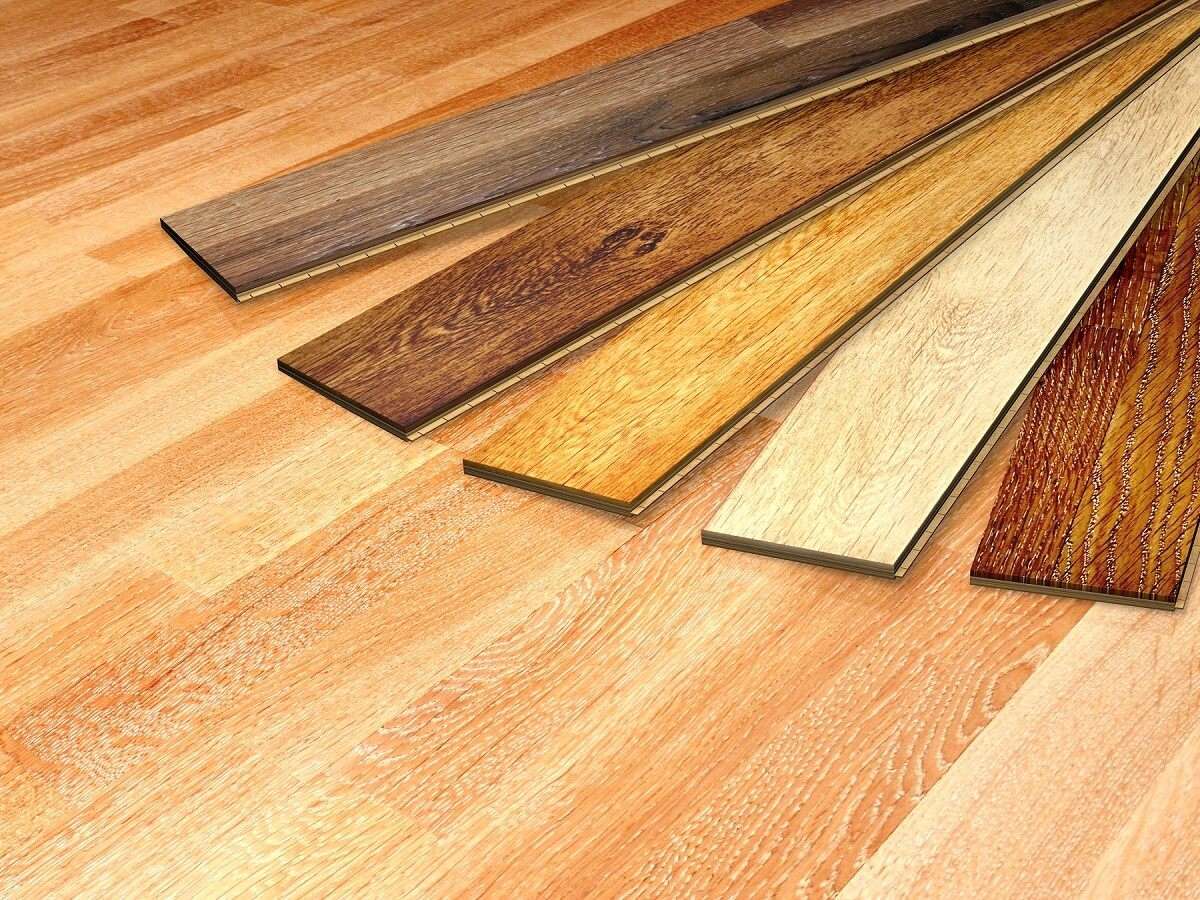
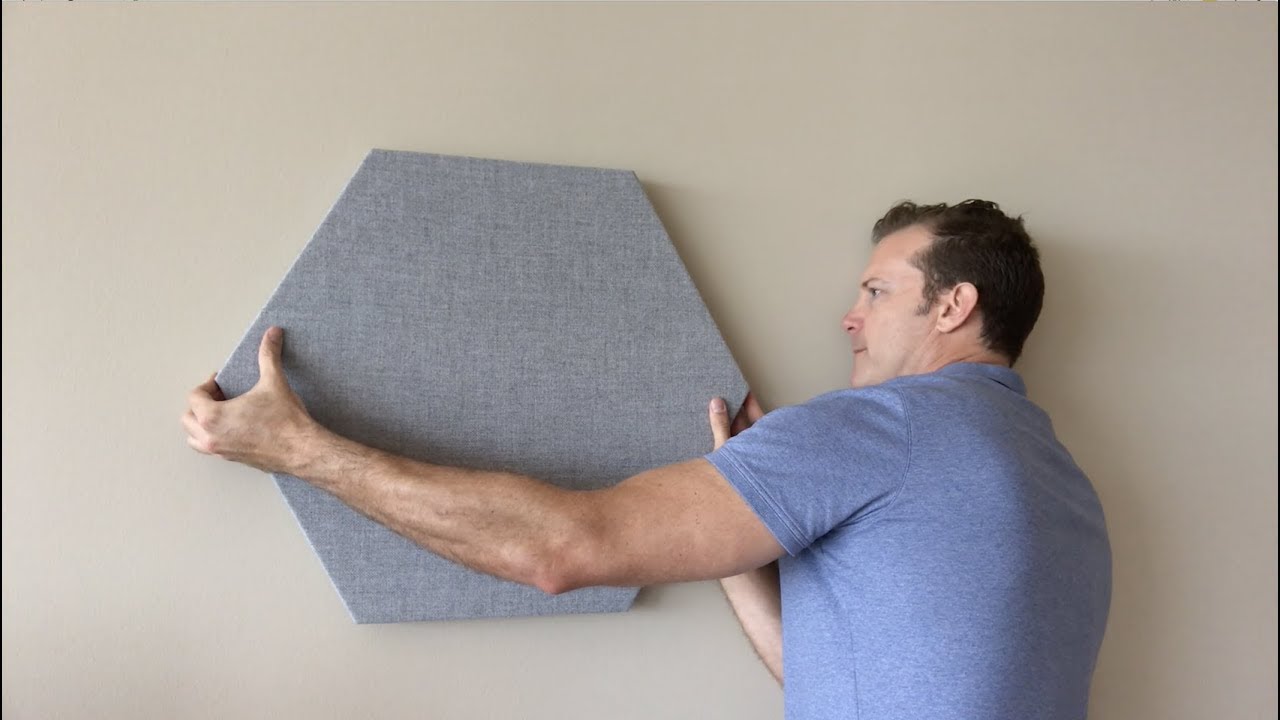
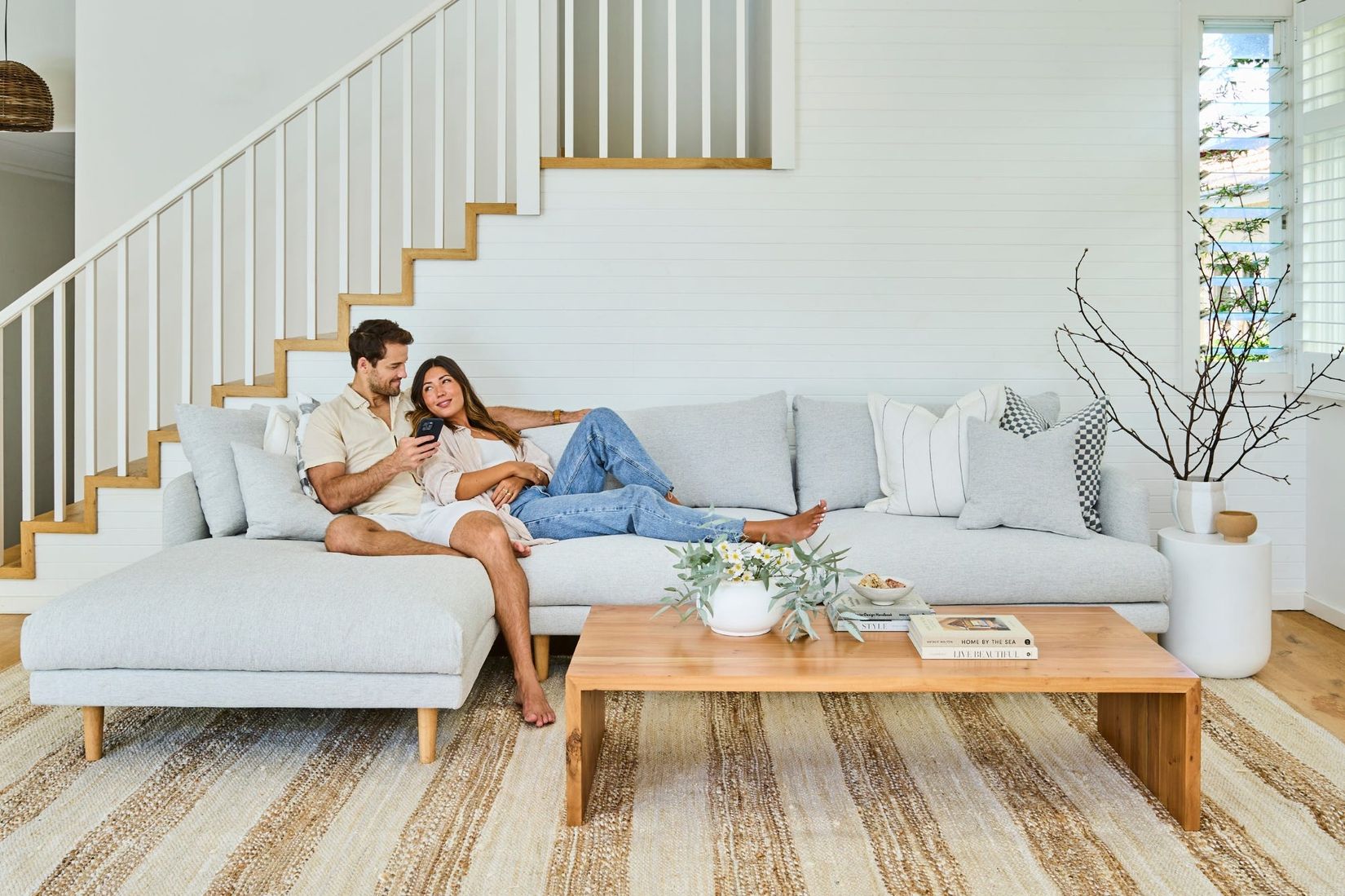
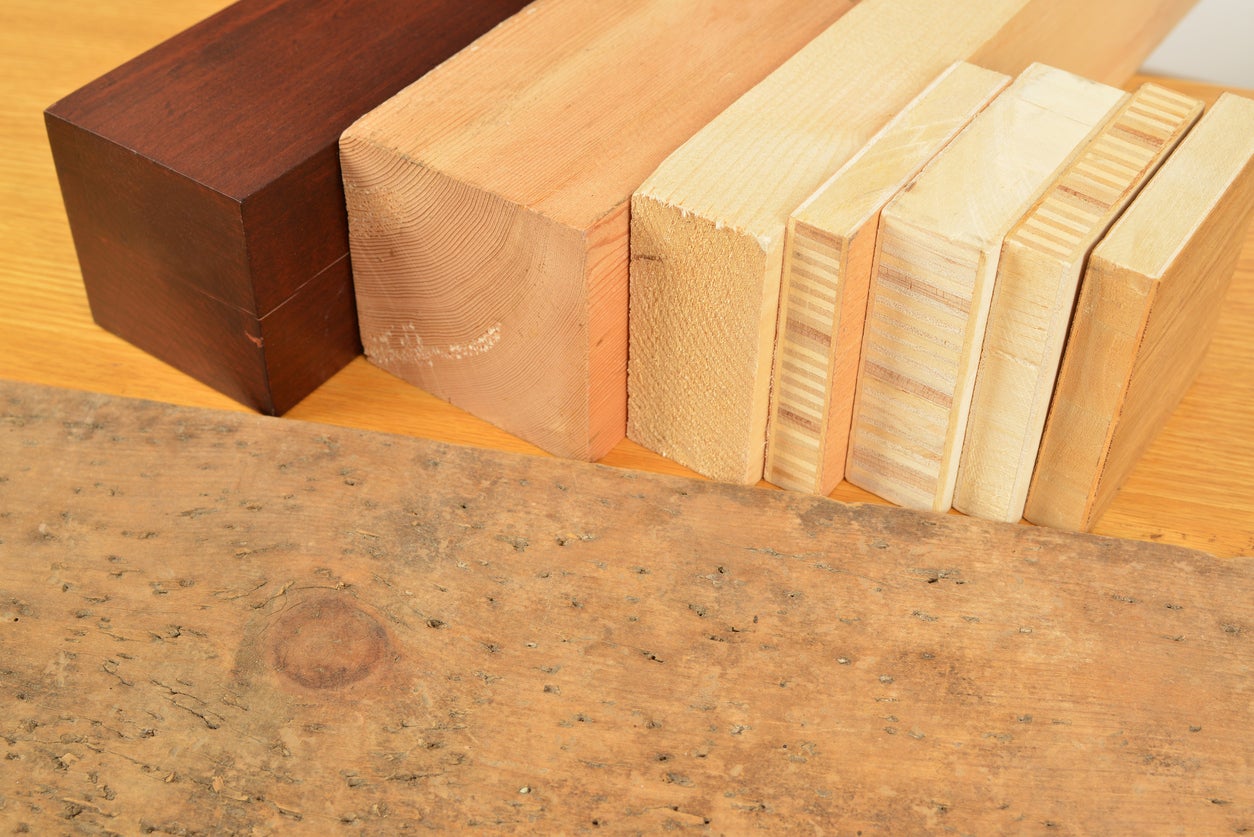
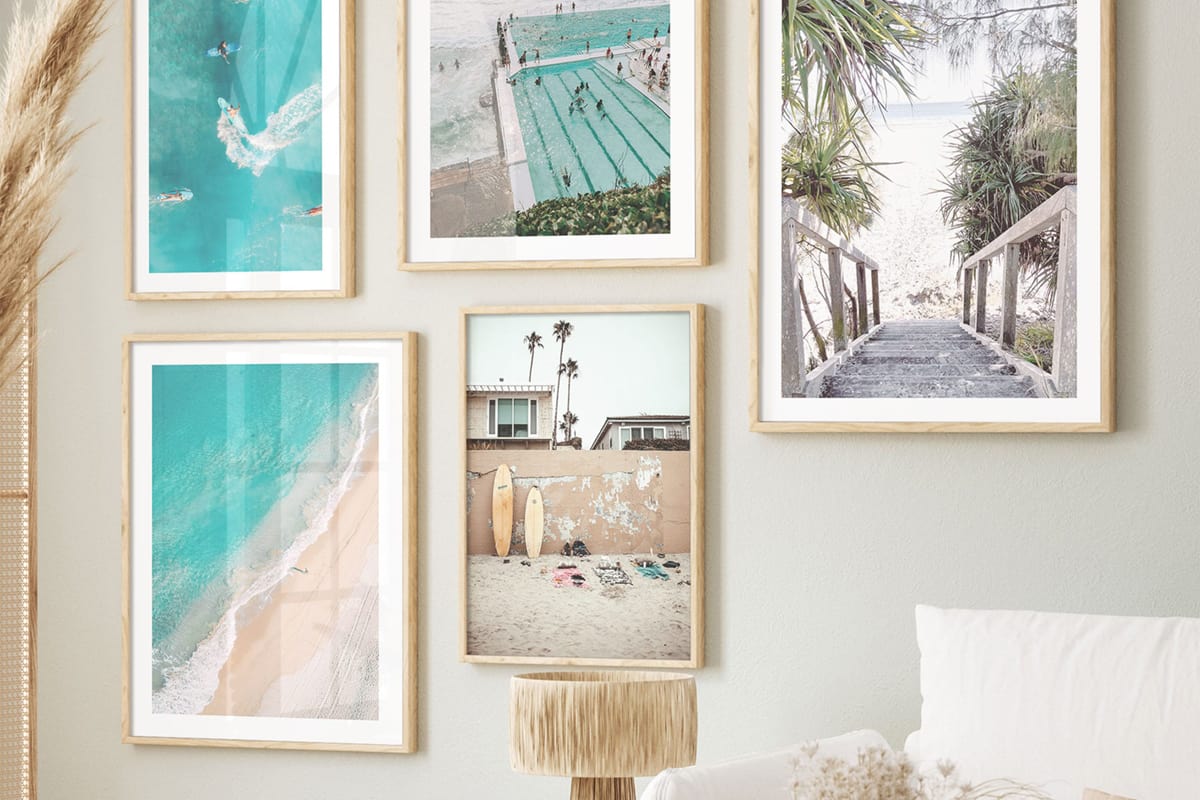
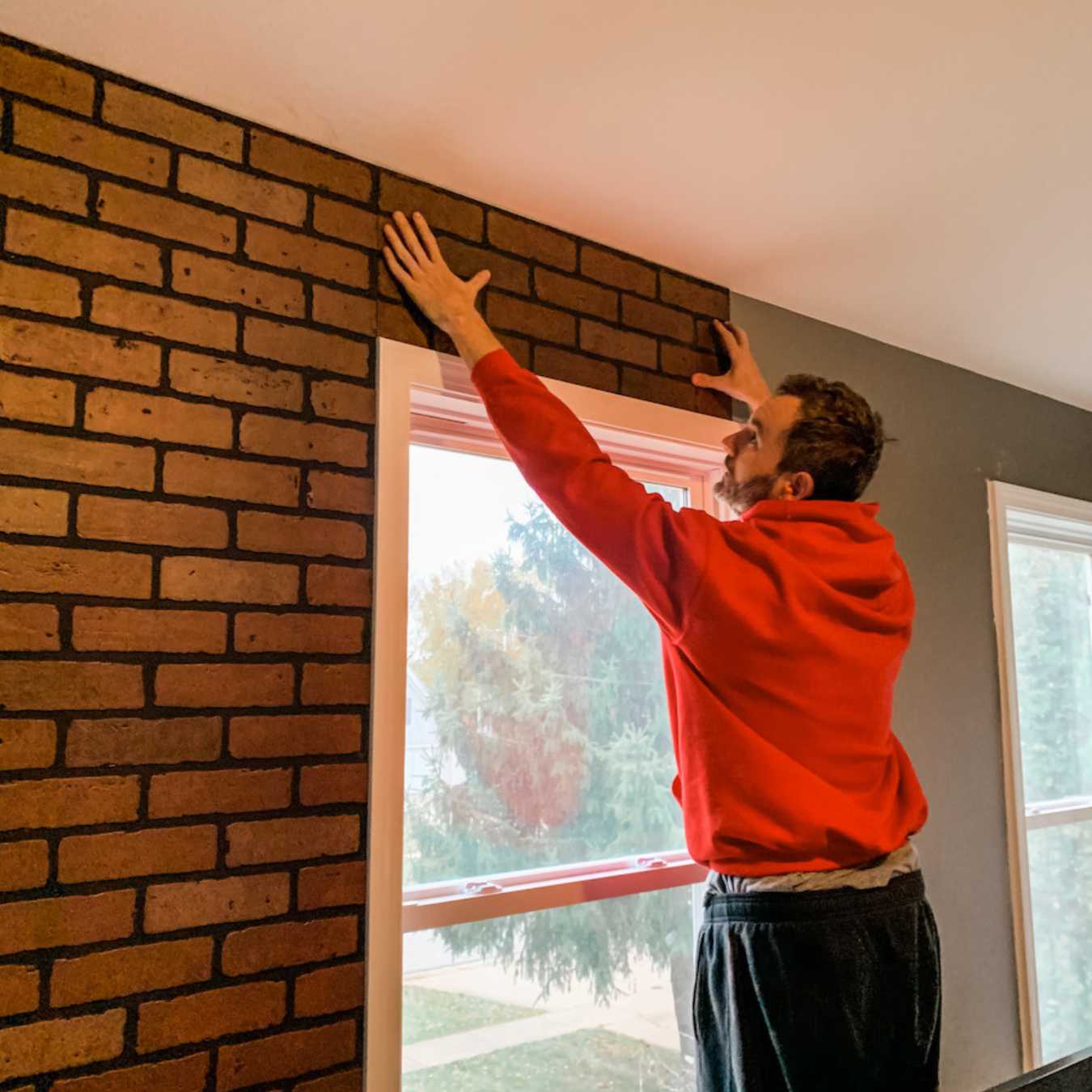
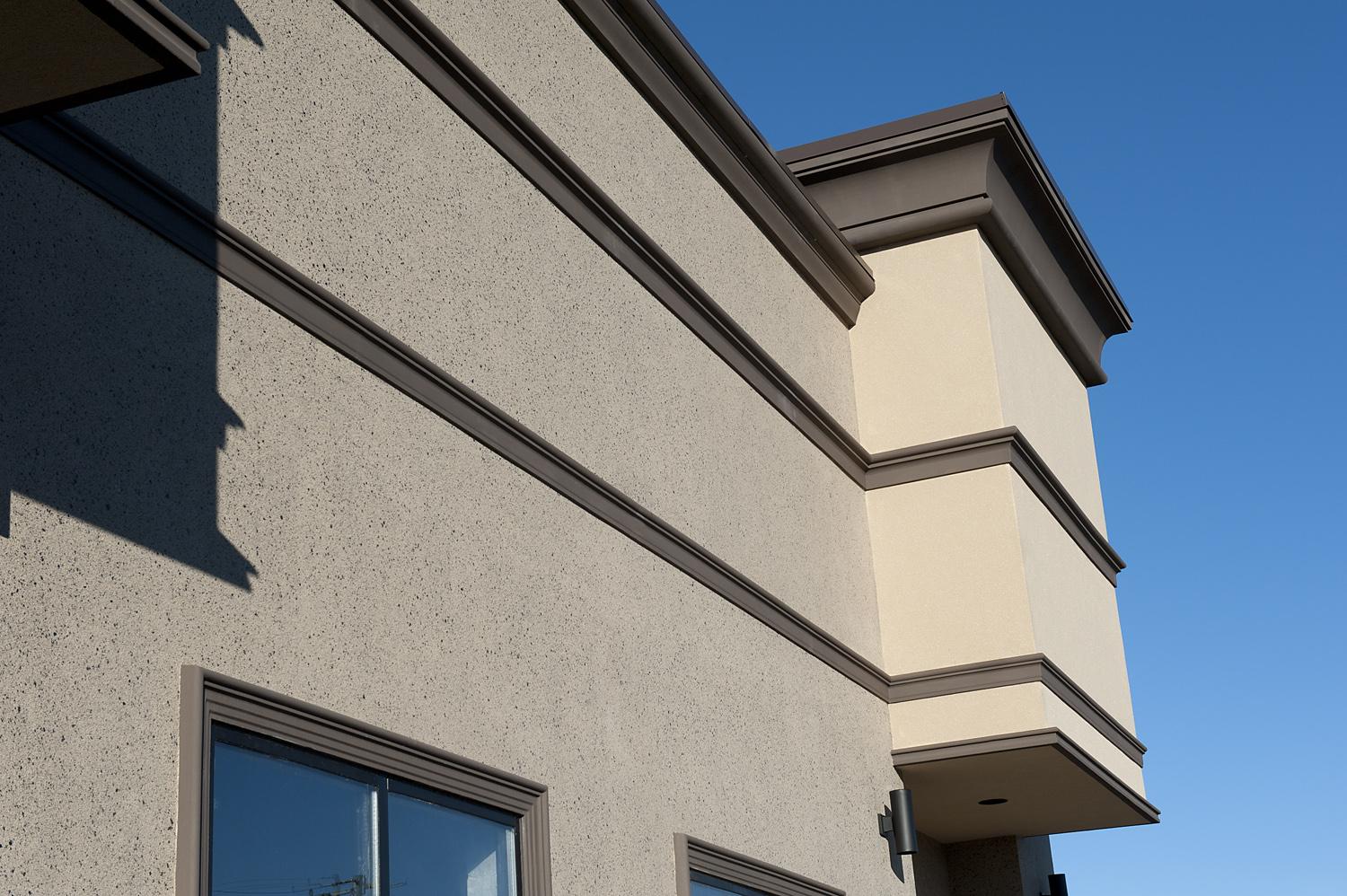
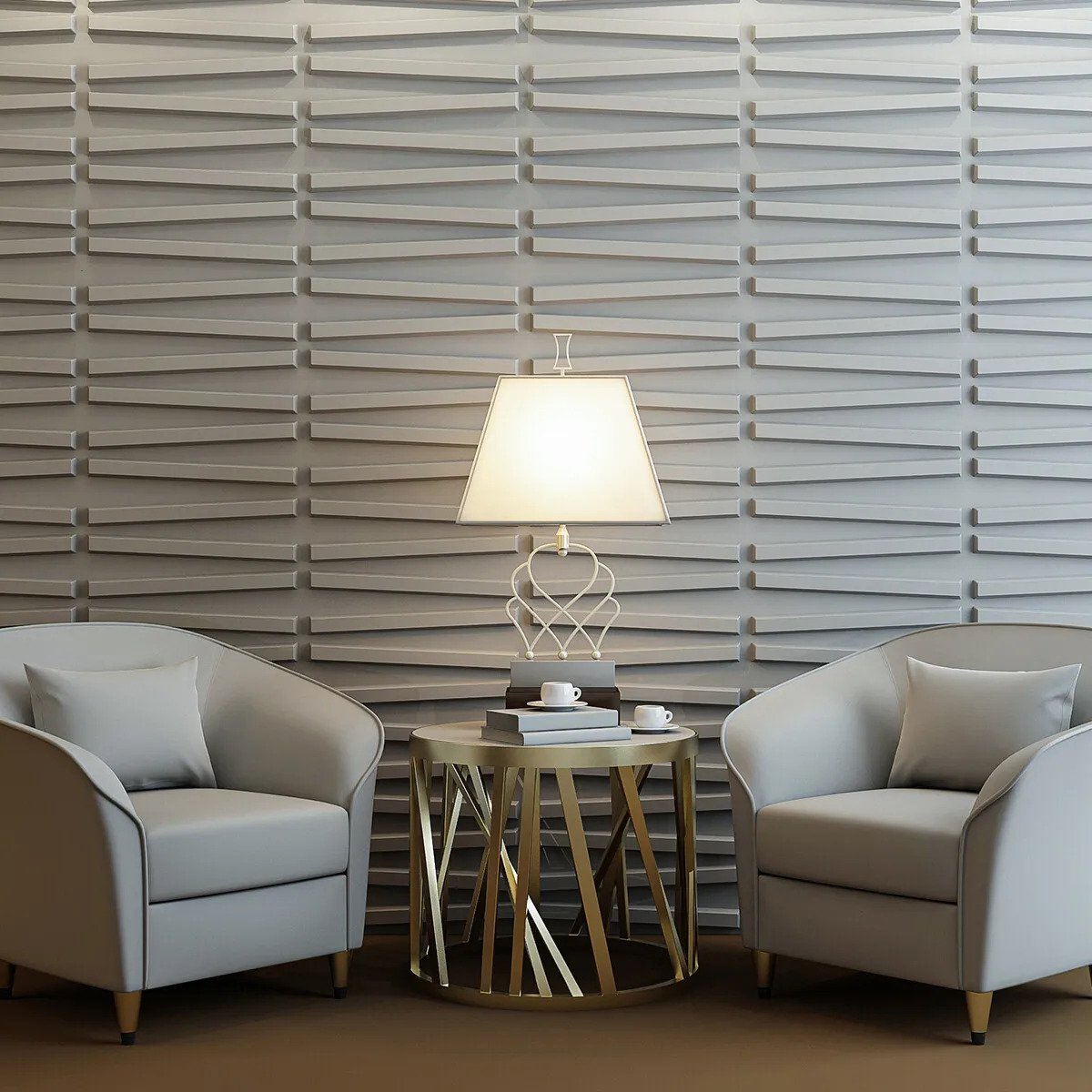
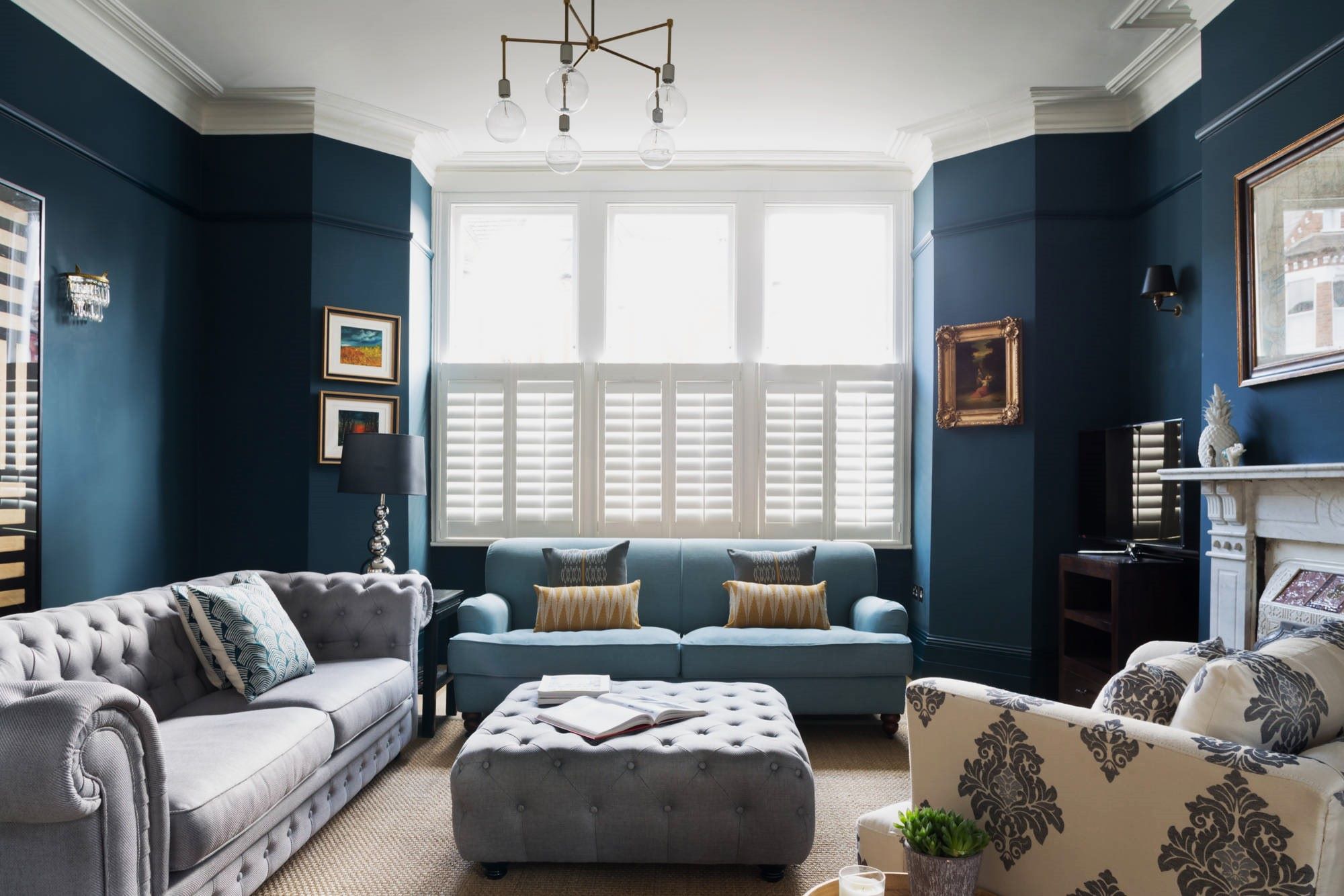

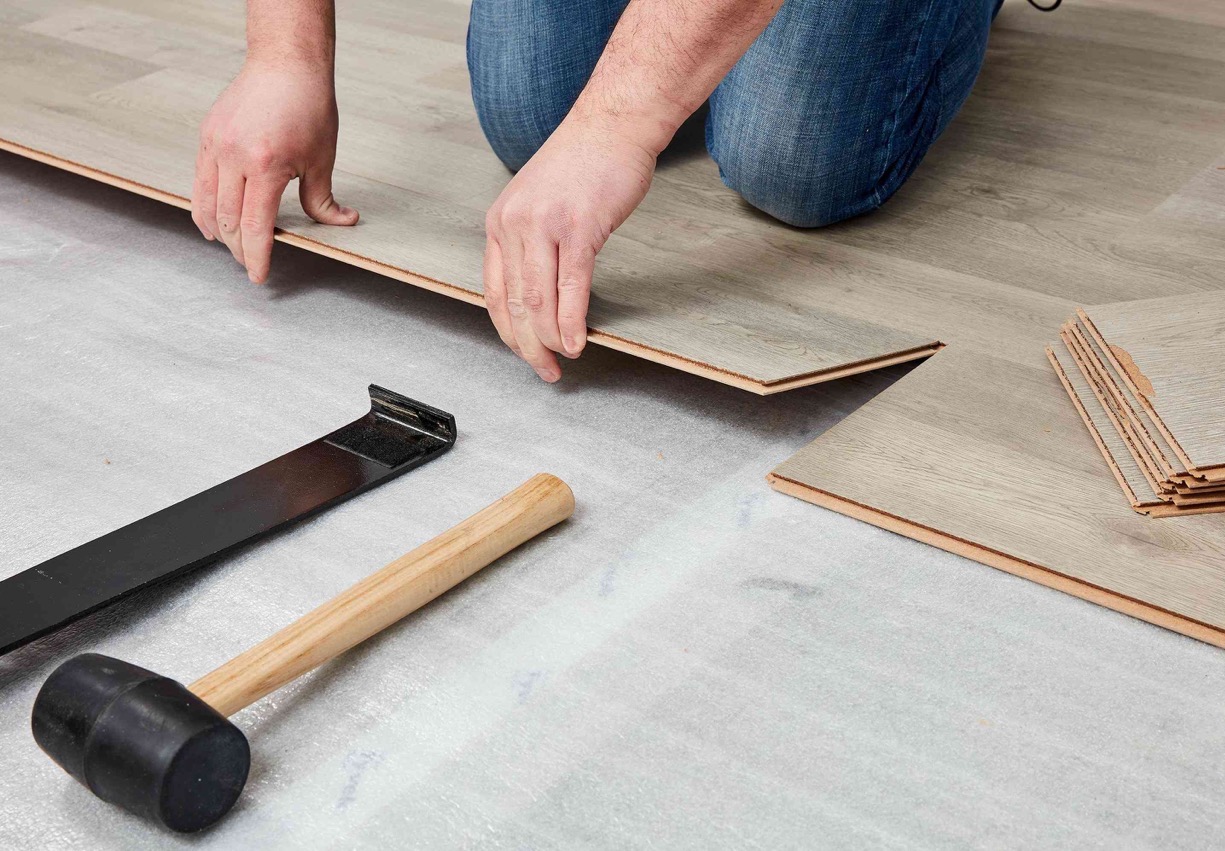
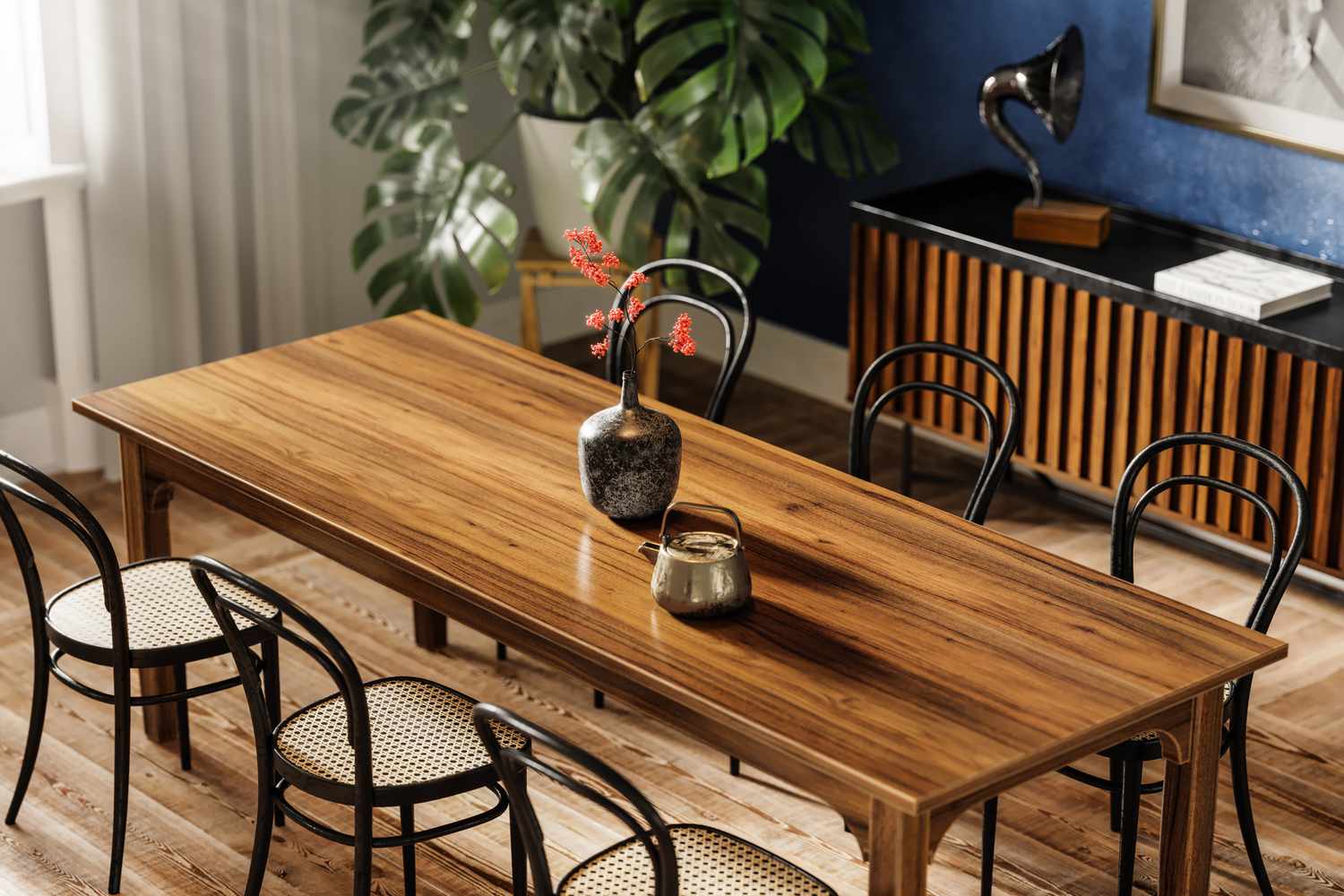

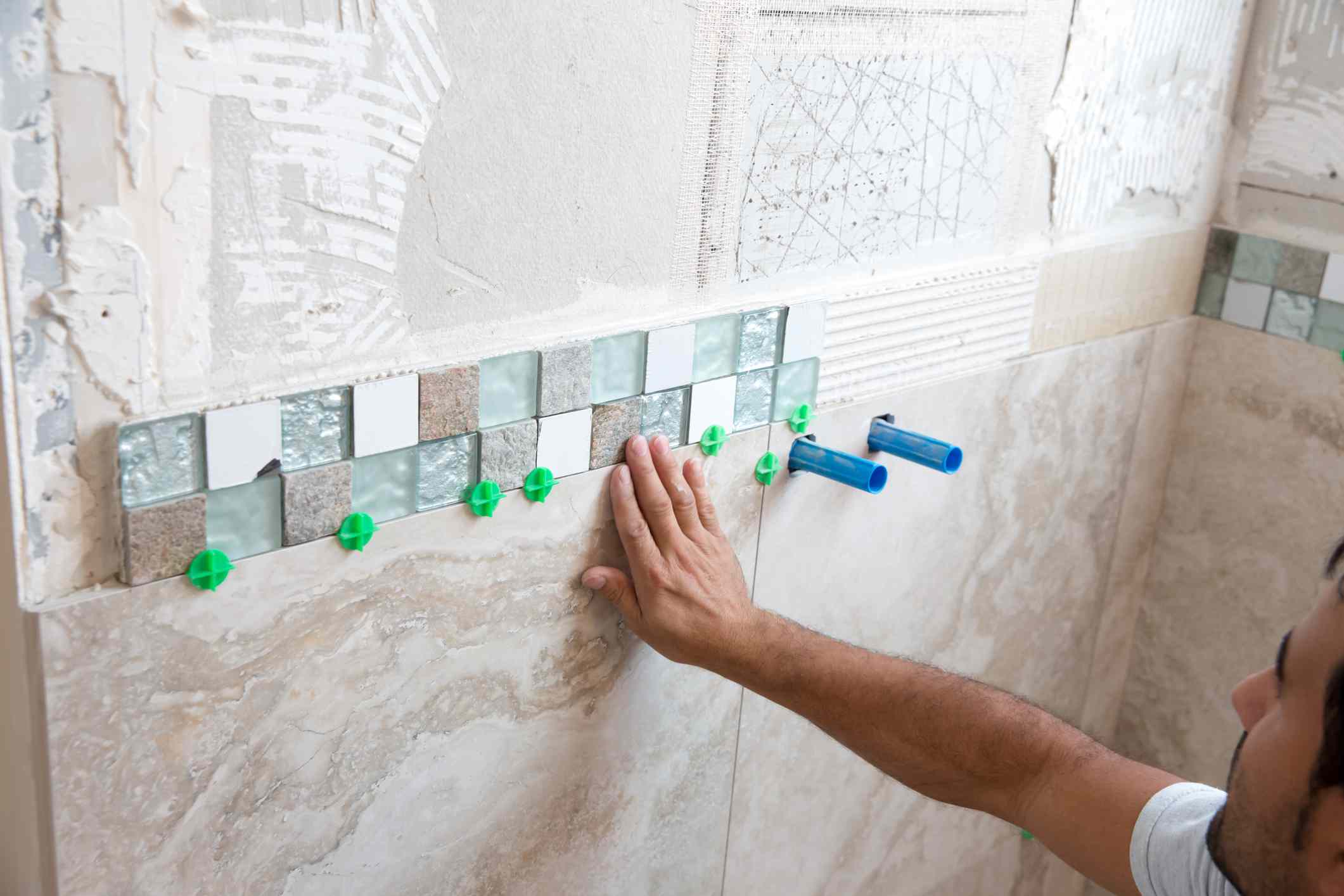

0 thoughts on “How To Choose A Wood Paneled Wall Style Successfully”